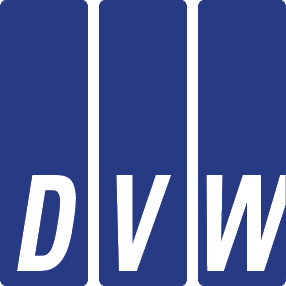Zusammenfassung
Seit Ende der 90er Jahre wird die Photogrammetrie zur Vermessung von Ereignisorten und seit einigen Jahren auch bei der Rechtsmedizin zur Dokumentation von Verletzungen eingesetzt. Heute hat sich das Laserscanning als hilfreiches Messverfahren im forensischen Aufgabengebiet etabliert. Neben dem Laserscanning für die Vermessung der Örtlichkeit, wird das optische Oberflächenscanning für die Dokumentation von Tatwerkzeugen, Unfallfahrzeugen und Verstorbenen eingesetzt. Zur Dokumentation der Befunde im Körperinneren werden beim Zentrum für Forensische Bildgebung & Virtopsy® am Institut für Rechtsmedizin Bern radiologische, bildgebende Verfahren eingesetzt.
Die dokumentierten, virtuellen Daten des Unfall- oder Tatortes, der Verstorbenen und der Tatmittel sind Grundlage für weiterführende forensische Analysen und geometrische Rekonstruktionen. So ist durch den computergestützten Vergleich der hochauflösenden Modelle eine geometrische Zuordnung des verletzungsverursachenden Tatwerkzeuges zur Verletzung möglich. Zur Klärung des Tat- oder Unfallhergangs können virtuelle Rekonstruktionen unter Einbezug der dokumentierten Daten, Spuren und Befunde am Ereignisort, des Verstorbenen/Tatverdächtigen und des Tatwerkzeuges durchgeführt werden. Als Beispiel werden eine tödliche Schussabgabe und eine Flugunfallrekonstruktion gezeigt.
Die 3D-Rekonstruktion von Unfall- und Tathergängen ist am Institut für Rechtsmedizin Bern und bei der Kantonspolizei Bern zu einem bedeutenden Arbeitsbereich geworden, welcher noch hohes Entwicklungspotential bietet.
Summary
Since the late 90s, photogrammetry is used for the measurement of accident sites and crime scenes, and in recent years it has also been applied in forensic medicine for the documentation of injuries. Today, laser scanning is established as a useful measuring method in the forensic work field. In addition to laser scanning for the measurement of the location, 3D optical surface scanning is applied for the documentation of tools, accident vehicles and the deceased. At the Center of Forensic Imaging & Virtopsy® of the Institute for Forensic Medicine Bern the internal findings of the body are documented using radiological imaging procedures.
The virtual data of the accident or crime scene, of the deceased and the injury-causing instruments are the basis for further forensic analyses and geometric reconstructions. By comparison of the high-resolution 3D models, geometric mapping of the injury to the injury-causing instrument is possible.
To clarify the course of crime or accident, virtual reconstructions can be performed under inclusion of the documented data of the traces and findings at the site, of the deceased/suspects and the injury-causing instruments. As an example, a shooting case and an air crash reconstruction are shown.
The 3D reconstruction of the course of accident or crime has become a major working area at the Institute for Forensic Medicine in Bern and the Canton Police Bern, which still has great potential of development.

